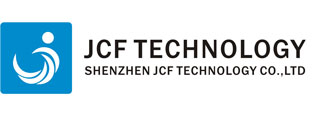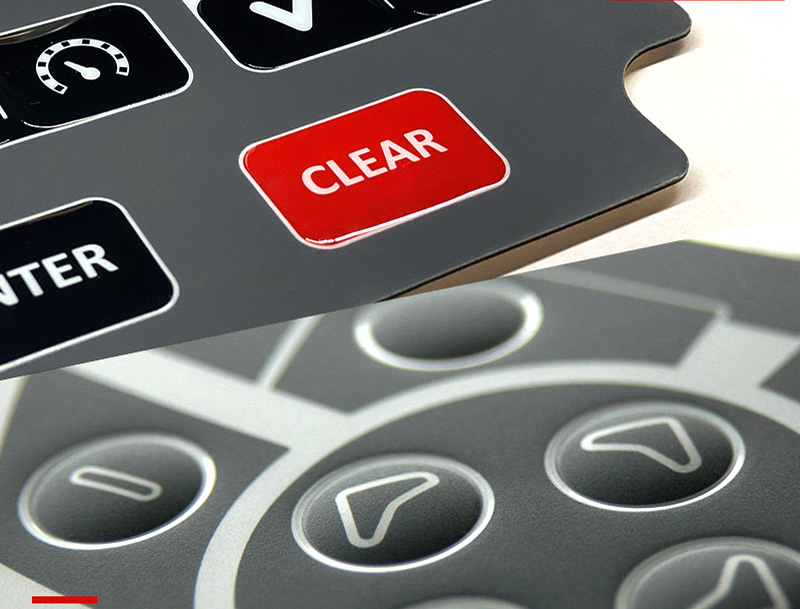
 Tel: +86755-27523807 +8613715205860(wechat/whatsapp)
Tel: +86755-27523807 +8613715205860(wechat/whatsapp) Email: jcf@jcftechnology.com
Email: jcf@jcftechnology.com

 Tel: +86755-27523807 +8613715205860(wechat/whatsapp)
Tel: +86755-27523807 +8613715205860(wechat/whatsapp) Email: jcf@jcftechnology.com
Email: jcf@jcftechnology.com
Keypads embossing is to use a drum press to raise the keyboard area on the dough sheet. This method has strict temperature and pressure requirements based on the natural characteristics and convex-concave characteristics of membrane switch keyboard materials. The basic form is as follows:
(1) Keypads frame embossing: the type of embossing on the edge of the switch button.
(2) Keypads plane embossing: The entire switch button is higher than the panel surface type.
(3) Keypads spherical embossing: used to process spherical buttons.
(4) Keypads frame embossing + ball shape embossing: special button type.
The advantages of membrane switch design as embossed keypads:
(1) The decorative effect of the appearance of the membrane switch is improved.
(2) The operator's touch is more sensitive.
(3) Accurately give the range of keypads size.
(4) Improve the recognition speed.
Factors to consider when designing a membrane switch into an embossed keypads:
(1) Special hardware mold machine production is required.
(2) The limit temperature of embossed polyester is 50°C.
(3) The embossing height should not exceed 1.5 times the material thickness.
(4) The plane embossing should be at least 3mm or 5mm away from the edge.
(5) The distance between the keypads embossed on the frame and the edge is at least 5mm.
(6) Excessive force will reduce the mechanical life (for polycarbonate mask, the mechanical life should be able to operate no less than 500,000 times).
Embossing material for membrane switch:
There are two kinds of raw materials: PC and PET
PC material keypads embossing life 100,000-300,000 times
PET material keypads embossing life is 500,000-1,000,000 times
